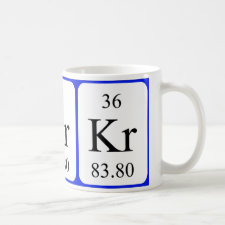
Authors: Ramezani Z, Safdarian M, Ghadiri AA
Article Title: Metal-coded hydrogel magnetic molecularly imprinted polymer for preconcentration and cleanup of sarcosine: Determination in urine; coupled to on-column capillary electrophoresis.
Publication date: 2021
Journal: Talanta
Volume: 230
Article Number: 122309.
DOI: 10.1016/j.talanta.2021.122309
Alternative URL: https://www.sciencedirect.com/science/article/pii/S0039914021002307
Abstract: In this study, sarcosine metal-coded hydrogel magnetic molecularly imprinted polymer (Hydro-MeC-MMIP) has been fabricated and coupled to on-column derivatization capillary electrophoresis (CE). As a metal-coding approach, sarcosine-Cu2+-ligand (Sar-Cu2+-L) chelate complex was introduced as a template to overcome the problems associated with the fabrication of MMIP for a small molecule having limited functional groups such as sarcosine. To our best knowledge, it is the first time that methacrylamide (MA) coated Fe3O4 (Fe3O4@MA) with abounded reactive double-bound on the surface has been used as a magnetic core in the one-pot synthesis of MMIPs. As prepared, Hydro-MeC-MMIP was characterized by different microscopic, spectroscopic, and thermal gravimetric methods. Hydro-MeC-MMIP was used to extract and preconcentrate sarcosine in the urine sample with no treatment and dilution. Sarcosine was quantified by on-column derivatization capillary electrophoresis equipped with a photodiode array detector. A mixture of thirteen amino acids was separated with a total run time of 12 min. Three structural analogs, including alanine, sarcosine, and glycine, were significantly resolved. Under optimal experimental conditions, the method's detection and quantification limits were 9.93 and 33.10 ng mL-1, respectively. The linear range of 50-2000 ng mL-1 and 96% recovery, along with the relative standard deviation of 6.07% (n = 6) for the target amino acid, were obtained. This method provides a simple, low-cost, fast, and efficient tool for extracting and quantifying sarcosine in the urine. The present method can address inconsistency in evaluating sarcosine as a candidate biomarker for prostate cancer with a simple CE/UV; no need for a sophisticated detection system such as a mass spectrometer
Template and target information: sarcosine
Author keywords: hydrogel, Magnetic molecularly imprinted polymers, amino acids, prostate cancer, Sarcosine



Join the Society for Molecular Imprinting

New items RSS feed
Sign-up for e-mail updates:
Choose between receiving an occasional newsletter or more frequent e-mail alerts.
Click here to go to the sign-up page.
Is your name elemental or peptidic? Enter your name and find out by clicking either of the buttons below!
Other products you may like:
 MIPdatabase
MIPdatabase









